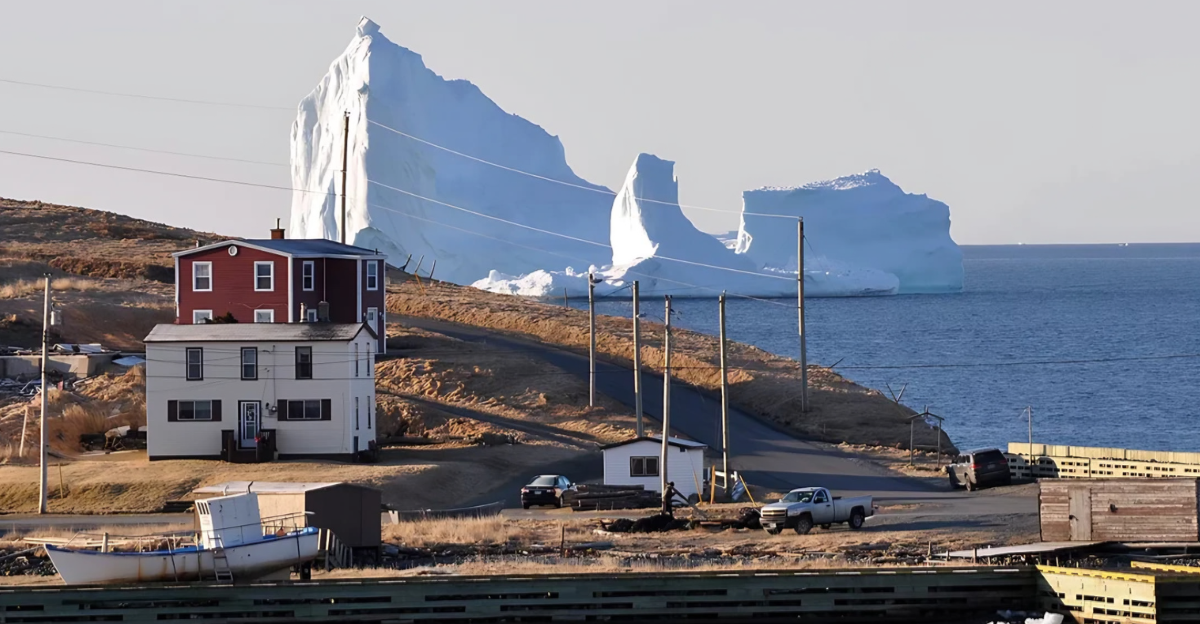
In a chilling turn of events, the world’s largest iceberg, designated A23a, is steadily advancing toward the remote South Georgia Island in the South Atlantic Ocean. This colossal mass of ice, spanning approximately 1,350 square miles (3,500 square kilometers) and towering 130 feet (40 meters) above the sea surface, has become a focal point of global concern. Scientists and environmentalists alike are alarmed by the potential ecological catastrophe that could ensue if the iceberg collides with the island, threatening the rich biodiversity that calls South Georgia home.
Where Is It Heading?

South Georgia Island, a British Overseas Territory, is renowned for its abundant wildlife, including millions of penguins, seals, and seabirds. The impending approach of A23a raises fears of a mass extinction event, as the iceberg’s presence could disrupt critical feeding and breeding grounds. The situation underscores the delicate balance of our planet’s ecosystems and the far-reaching impacts of climate change.
The Journey of A23a
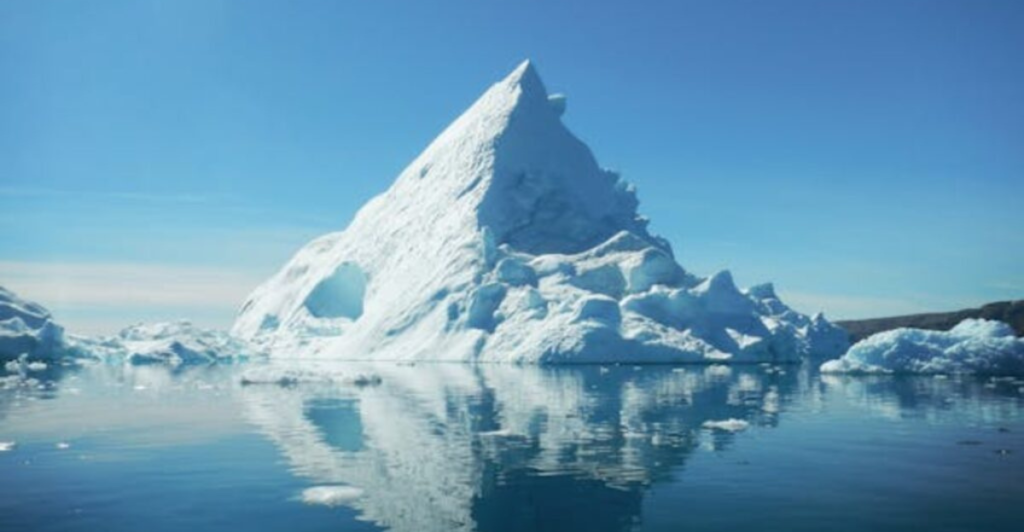
A23a’s story began in 1986 when it calved from Antarctica’s Filchner-Ronne Ice Shelf. For over three decades, it remained relatively stationary, trapped by ocean currents and underwater topography. In late 2024, the iceberg broke free from its icy confines and began its slow drift northward. As of January 16, 2025, A23a was approximately 180 miles (290 kilometers) away from South Georgia, moving at a glacial pace that belies the urgency of the threat it poses.
On It’s Way Forward

The iceberg’s journey has been anything but straightforward. After its initial liberation, A23a became ensnared in a Taylor column—a rotating mass of water caused by ocean currents circling an underwater mountain. This phenomenon kept the iceberg spinning in place for several months before it finally resumed its northward trajectory. Now, with the island in its sights, the world watches anxiously to see where the currents will carry this behemoth next.
Ecological Implications

The potential collision of A23a with South Georgia Island carries profound ecological consequences. The island serves as a critical breeding ground for various species, including king penguins, gentoo penguins, macaroni penguins, and both elephant and fur seals. These animals rely on access to open waters to forage for food, a necessity that could be severely hindered if the iceberg grounds near the island.
What About The Animals

A grounded iceberg of A23a’s magnitude could obstruct the foraging routes of adult penguins and seals, making it challenging for them to feed their offspring. This disruption could lead to increased mortality rates among chicks and pups, potentially triggering a decline in population numbers. The iceberg’s presence could also alter local ocean currents and water temperatures, further impacting the marine ecosystem that sustains these species.
Historical Precedents
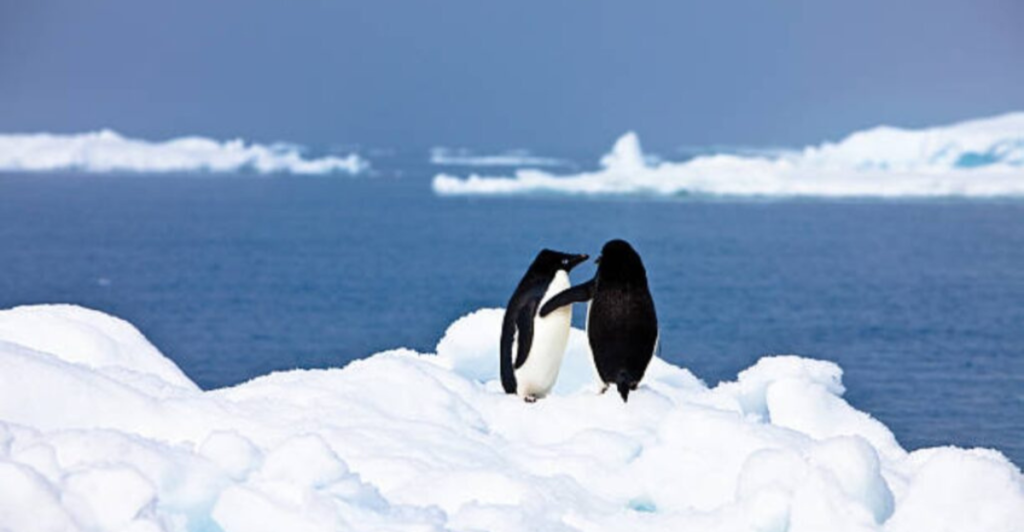
This is not the first time South Georgia has faced such a threat. In 2020, iceberg A68a, comparable in size to A23a, drifted perilously close to the island. Fortunately, it disintegrated before causing significant ecological damage. However, the current situation with A23a presents a more ominous scenario due to its larger size and the trajectory it is following. The lessons learned from A68a underscore the unpredictable nature of these events and the importance of vigilant monitoring.
Global Warming On The Rise
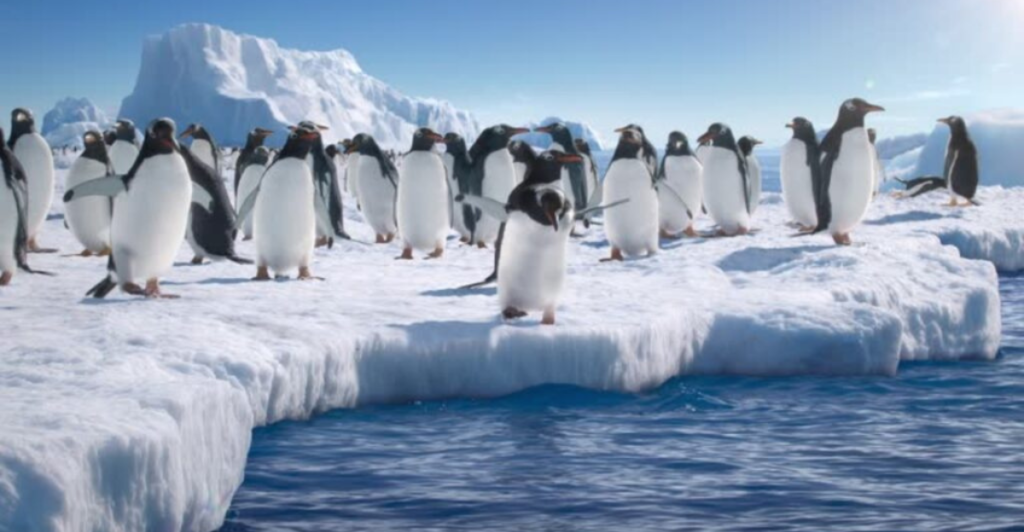
The increasing frequency of such incidents is a stark reminder of the broader implications of climate change. As global temperatures rise, ice shelves in Antarctica become more prone to calving, resulting in more icebergs entering the Southern Ocean. These icebergs can travel vast distances, driven by ocean currents, and pose threats to ecosystems far from their origin.
Scientific Monitoring Efforts
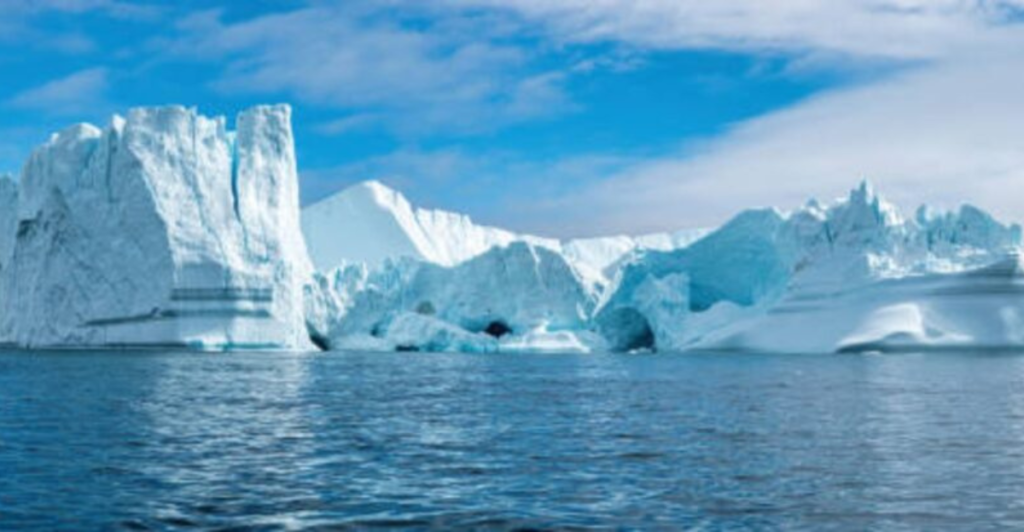
In response to the looming threat, international scientific communities have intensified their monitoring of A23a’s movement. Utilizing satellite imagery and oceanographic data, researchers aim to predict the iceberg’s trajectory and potential impact. The British Antarctic Survey (BAS) has been at the forefront of these efforts, providing regular updates on the iceberg’s position and movement patterns.
Technological Help

Advanced technologies, such as remote sensing and autonomous underwater vehicles, are being employed to gather critical data. These tools allow scientists to assess the iceberg’s size, structure, and the surrounding environmental conditions. This information is vital for developing predictive models and informing potential mitigation strategies to protect the island’s fragile ecosystem.
Potential Mitigation Strategies

While the sheer size of A23a makes direct intervention challenging, scientists are exploring potential mitigation strategies to minimize ecological damage. One approach involves using satellite data to predict the iceberg’s grounding location, allowing for the implementation of measures to protect key wildlife areas. Additionally, understanding the iceberg’s impact on local oceanography can inform conservation efforts aimed at preserving critical feeding grounds. Another strategy focuses on enhancing the resilience of the island’s wildlife populations. This includes monitoring the health and numbers of key species, managing human activities that could exacerbate stress on the ecosystem, and implementing conservation measures to support species recovery in the aftermath of the iceberg’s potential grounding.
Global Climate Change Connection

The trajectory of A23a is a tangible manifestation of the broader impacts of climate change. Rising global temperatures contribute to the destabilization of ice shelves in Antarctica, leading to the calving of massive icebergs. These events not only threaten local ecosystems but also have global implications, including sea-level rise and alterations in ocean circulation patterns. The situation underscores the interconnectedness of Earth’s systems and the far-reaching consequences of environmental changes. It serves as a clarion call for the international community to intensify efforts to mitigate climate change and protect vulnerable ecosystems. The fate of South Georgia Island’s wildlife hangs in the balance, highlighting the urgency of global action.
Community and Conservationist Responses

Scientists are closely monitoring A23a’s trajectory, using satellite imagery and oceanographic data to predict its movements. If the iceberg runs aground near South Georgia, it could take years to melt, prolonging the disruption to local wildlife and marine ecosystems. The unfolding crisis highlights the urgent need for global action on climate change, as warming temperatures continue to accelerate glacial calving and threaten fragile habitats.
Discover more of our trending stories and follow us to keep them appearing in your feed

California Is Breaking Apart: A Fault Line Is Forming Faster Than Anyone Predicted
California Is Splitting Apart: A Fault Line Is Forming Faster Than Anyone Predicted
The War on Cows Is Over—And Green Extremists Have Lost
There Will Be Eruptions”: Concerns Mount as Yellowstone Supervolcano Activity Shifts
References:
Reference 1
Reference 2
This article first appeared here
Stay connected with us for more stories like this! Follow us to get the latest updates or hit the Follow button at the top of this article, and let us know what you think by leaving your feedback below. We’d love to hear from you!







